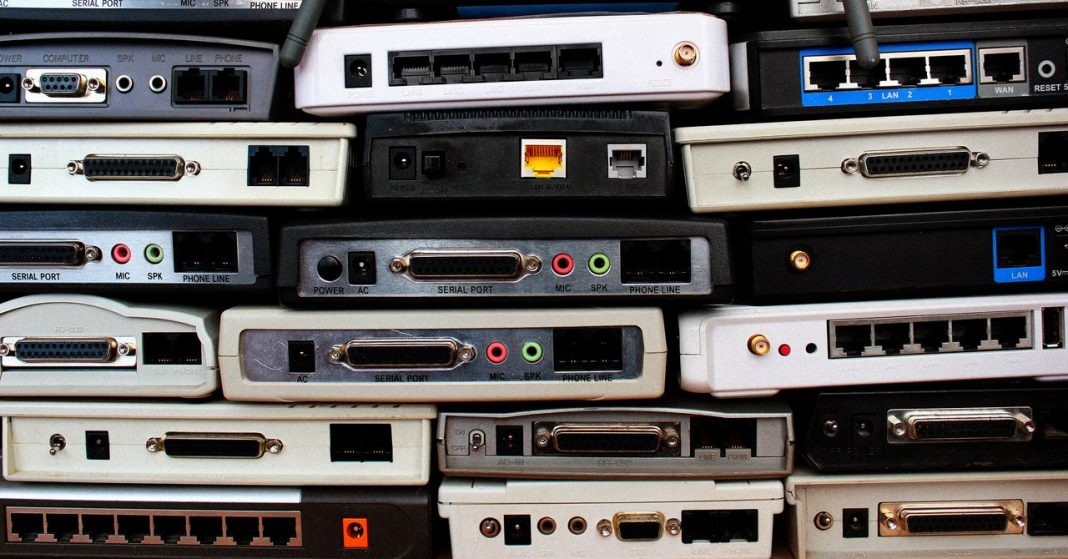Since secondhand equipment is discounted, it would potentially be feasible for cybercriminals to invest in purchasing used devices to mine them for information and network access and then use the information themselves or resell it. The ESET researchers say that they debated whether to release their findings, because they didn’t want to give cybercriminals new ideas, but they concluded that raising awareness about the issue is more pressing.
“One of the big concerns I have is that, if somebody evil isn’t doing this, it’s almost hacker malpractice, because it would be so easy and obvious,” Camp says.
Eighteen routers is a tiny sample out of the millions of enterprise networking devices circulating around the world on the resale market, but other researchers say they’ve repeatedly seen the same issues in their work as well.
“We’ve purchased all sorts of embedded devices online on eBay and other secondhand sellers, and we’ve seen a lot that have not been digitally wiped,” says Wyatt Ford, engineering manager at Red Balloon Security, an internet-of-things security firm. “These devices can contain troves of information that can be used by bad actors in targeting and carrying out attacks.”
As in the ESET findings, Ford says that Red Balloon researchers have found passwords and other credentials and personally identifying information. Some data like usernames and configuration files are usually in plaintext and easily accessible, while passwords and configuration files are often protected because they are stored as scrambled cryptographic hashes. But Ford points out that even hashed data is still potentially at risk.
“We’ve taken password hashes found on a device and cracked them offline—you’d be surprised how many people still base their passwords off their cats,” he says. “And even things that seem innocuous like source code, commit history, network configurations, routing rules, et cetera—they can be used to learn more about an organization, its people, and its network topology.”
The ESET researchers point out that organizations may think they’re being responsible by contracting with outside device-management firms. e-waste disposal companies, or even device-sanitization services that claim to wipe big batches of enterprise devices for resale. But in practice, these third parties may not be doing what they claim. And Camp also notes that more organizations could take advantage of encryption and other security features that are already offered by mainstream routers to mitigate the fallout if devices that haven’t been wiped end up loose in the world.
Camp and his colleagues tried to contact the old owners of the used routers they bought to warn them that their devices were now out in the wild spewing their data. Some were grateful for the information, but others seemed to ignore the warnings or offered no mechanism through which researchers could report security findings.
“We used trusted channels that we had to some companies, but then we found a lot of other companies are far more difficult to get a hold of,” Camp says. “Frighteningly so.”
